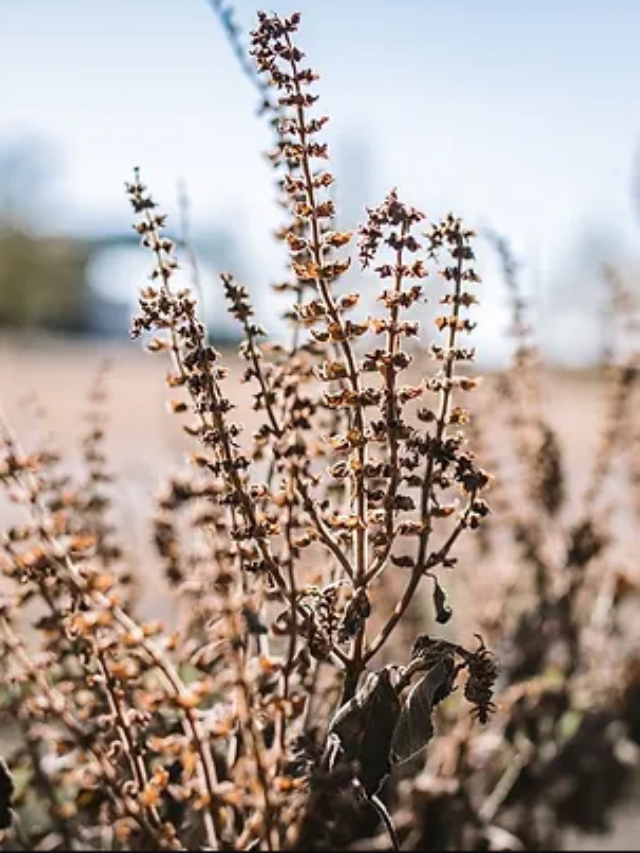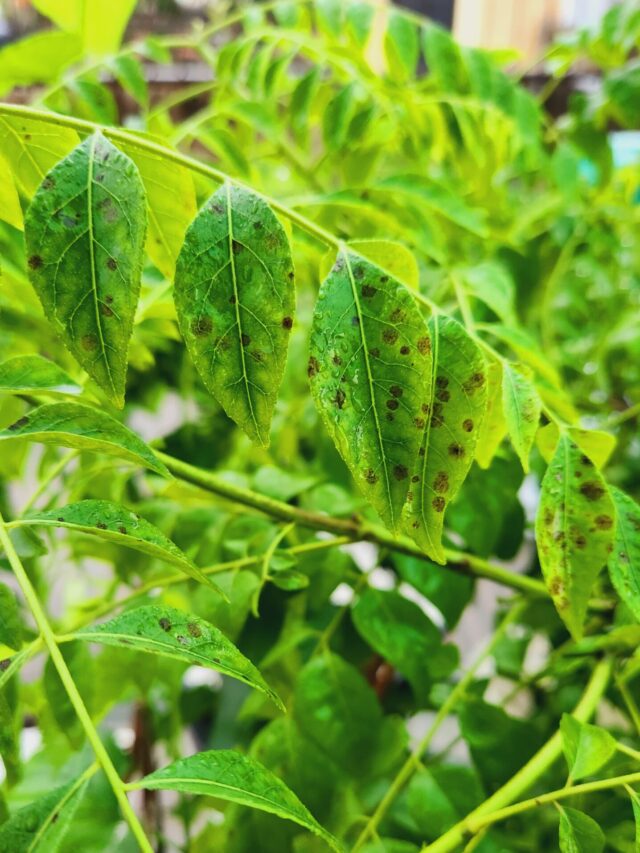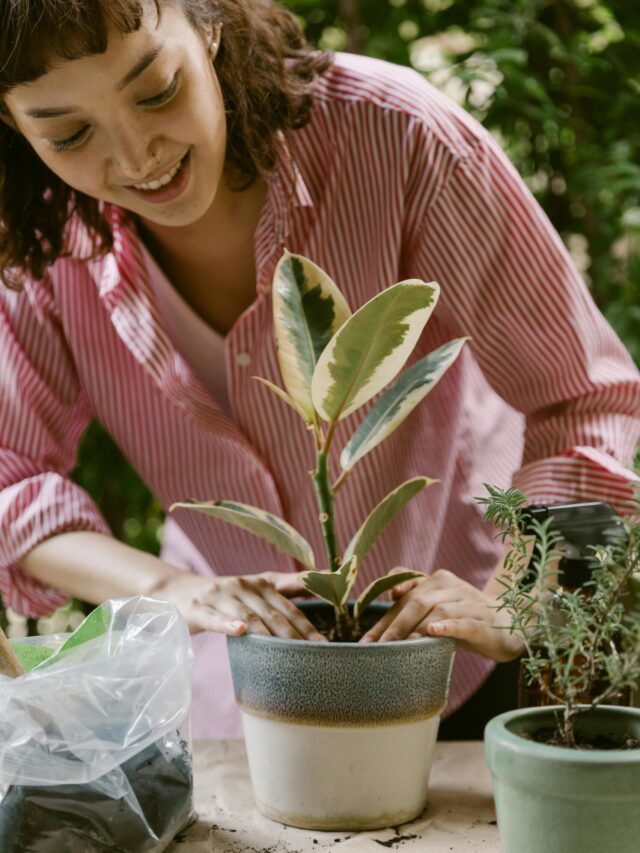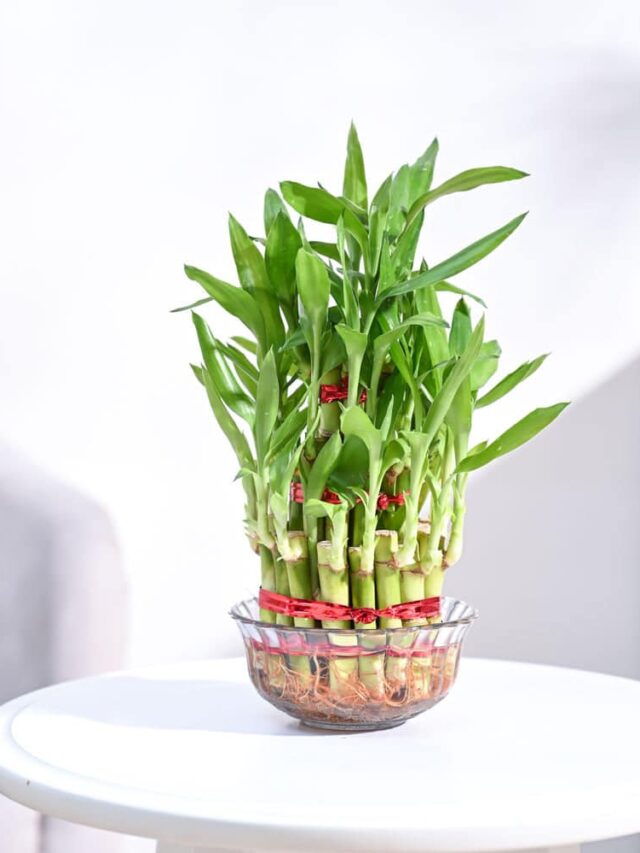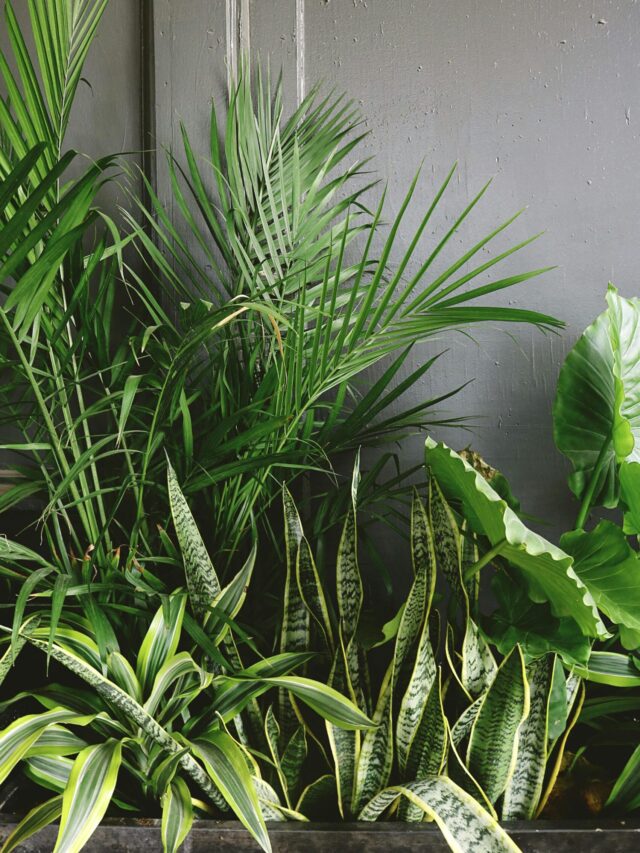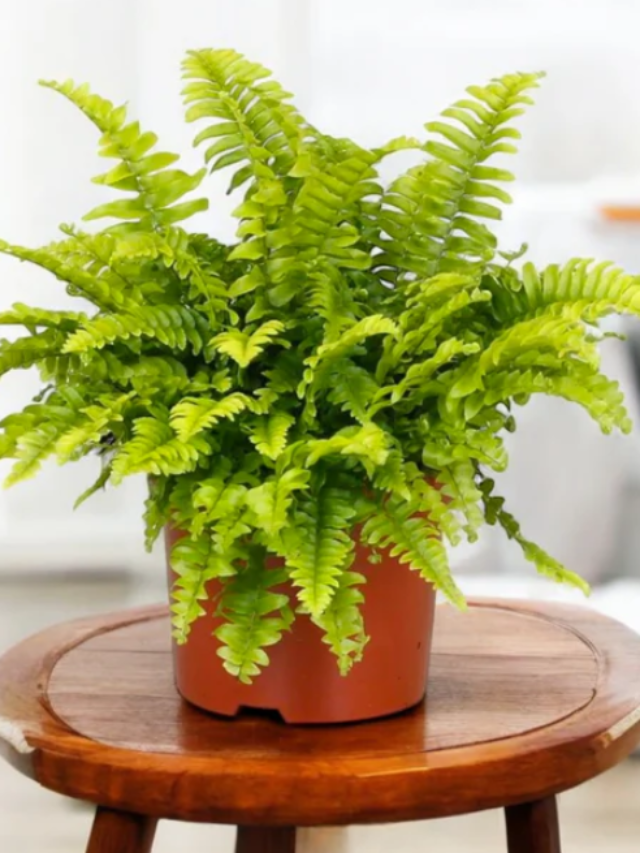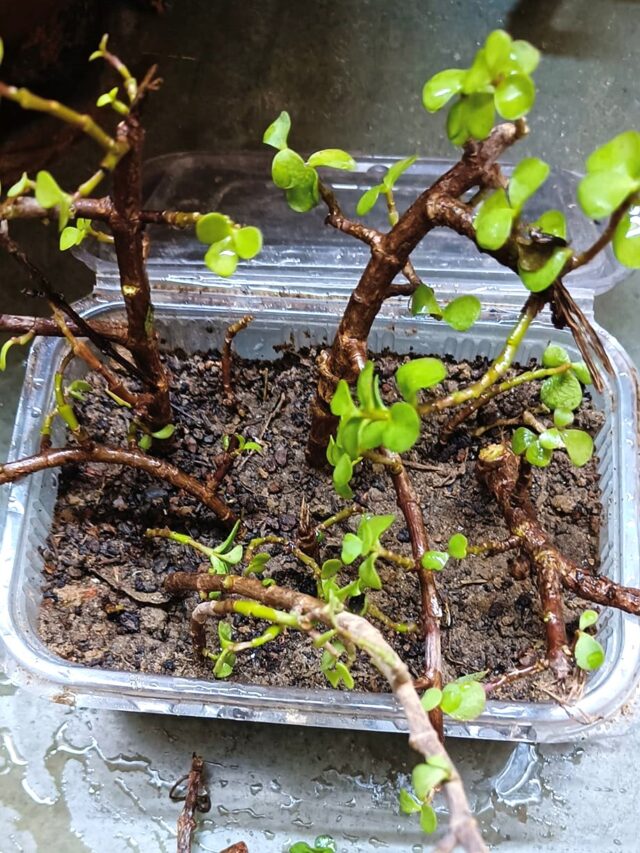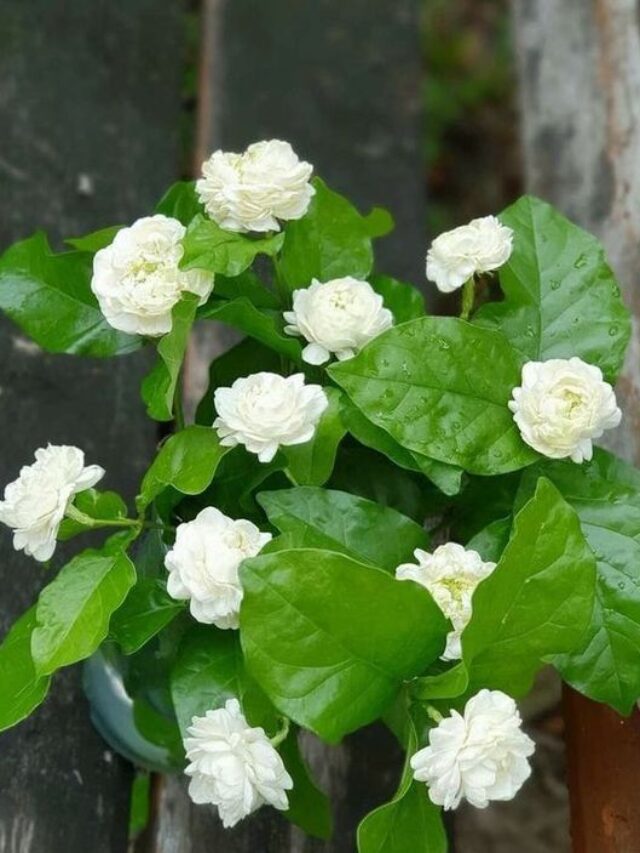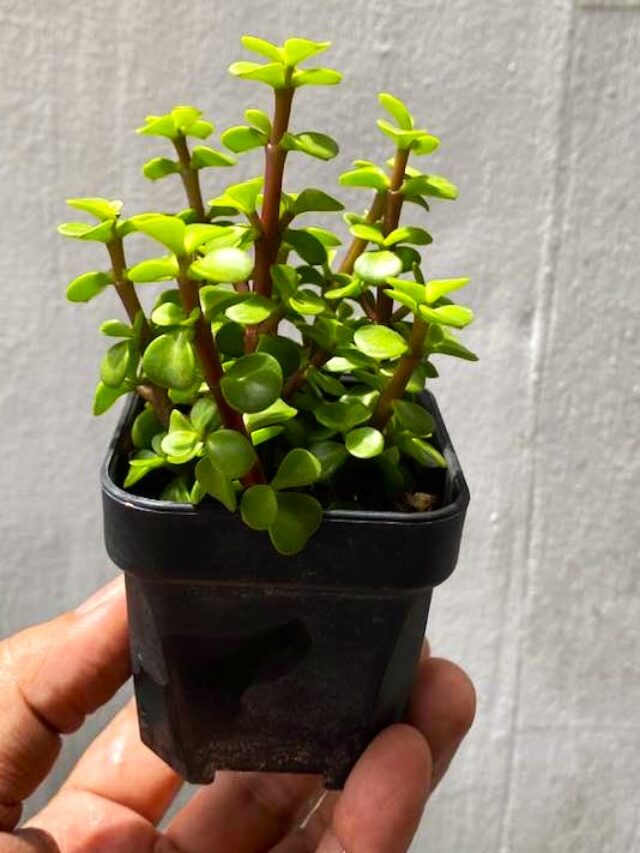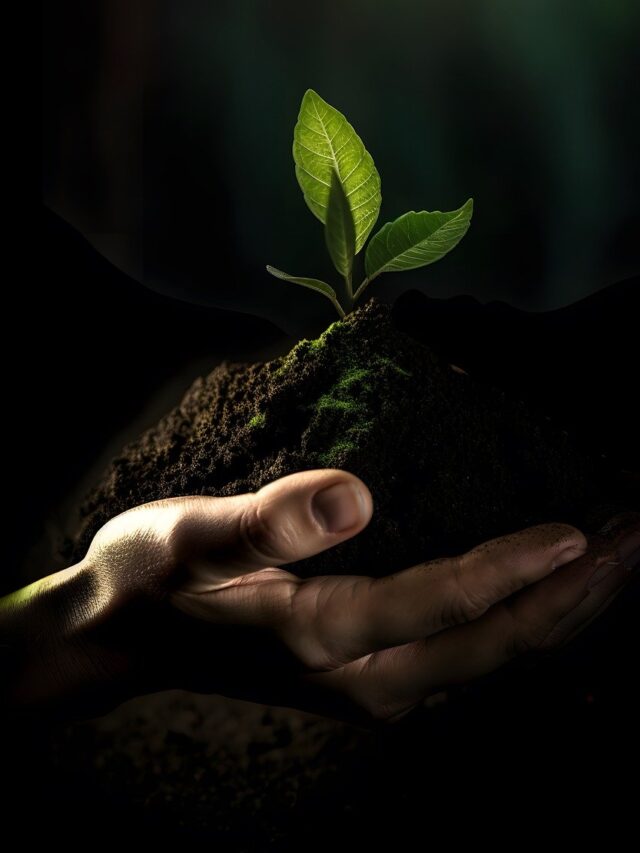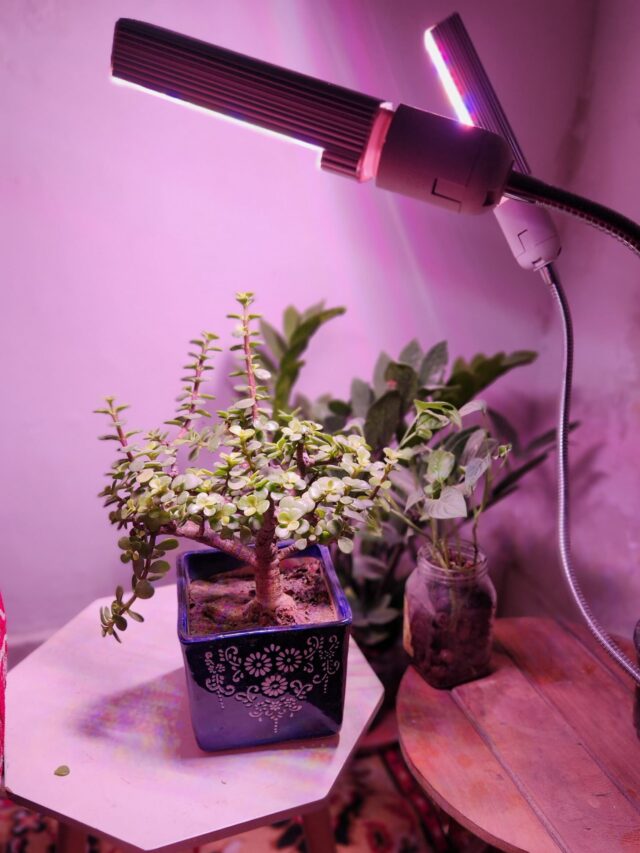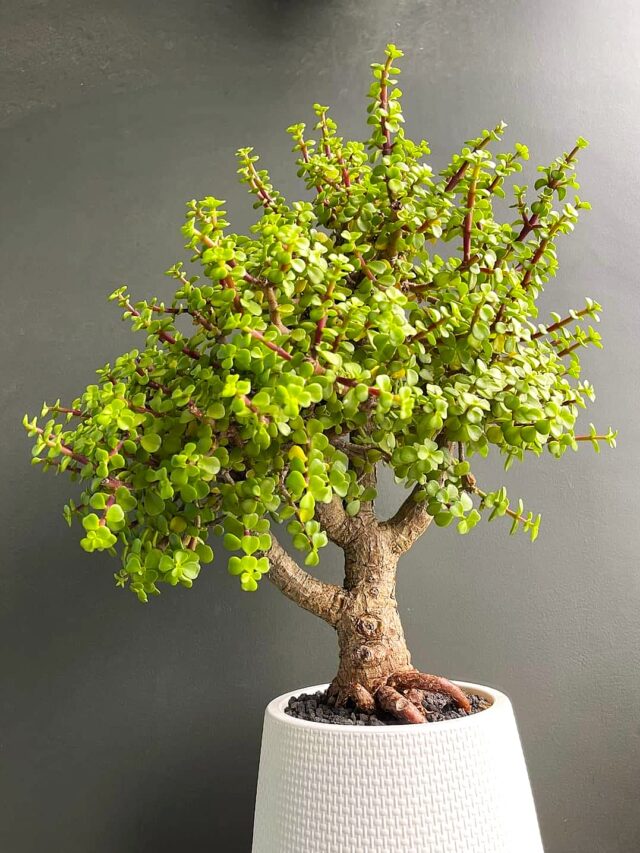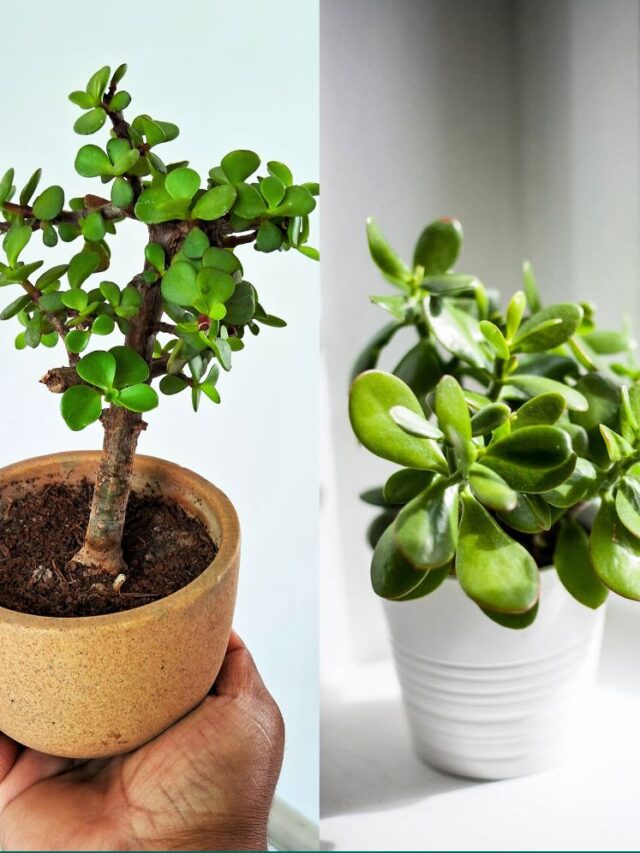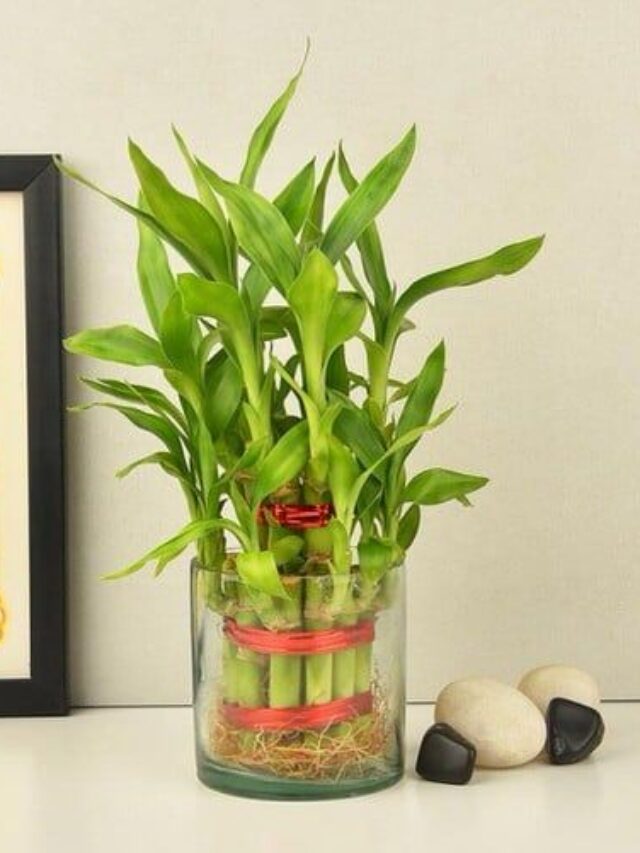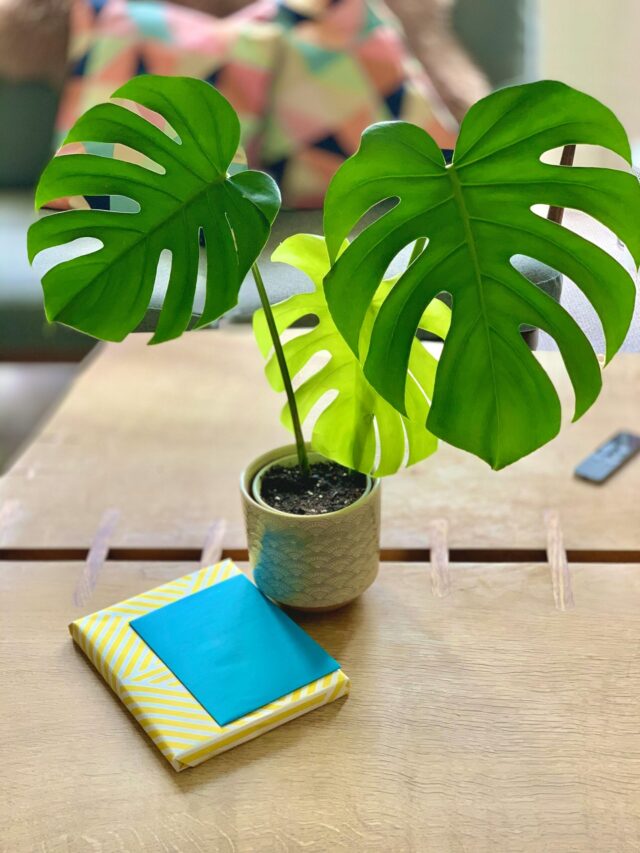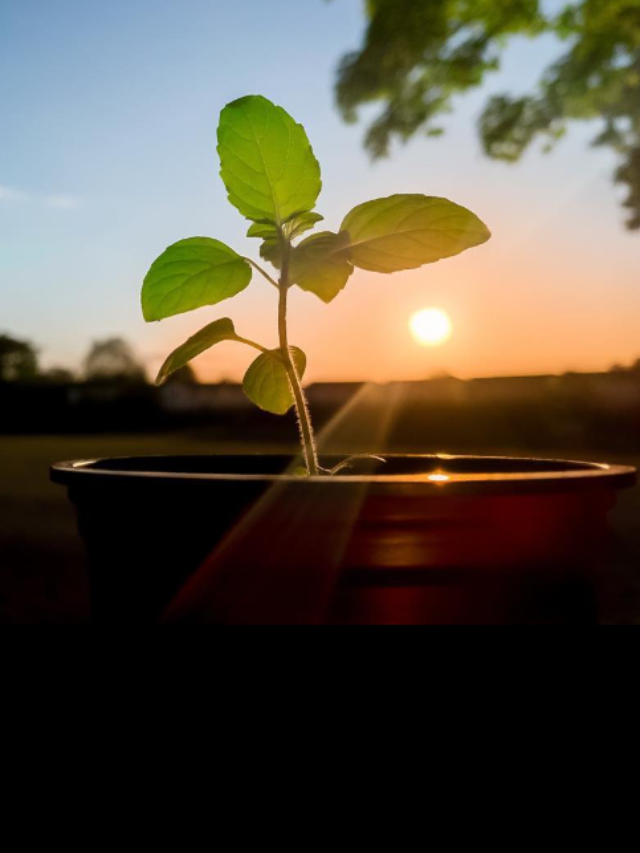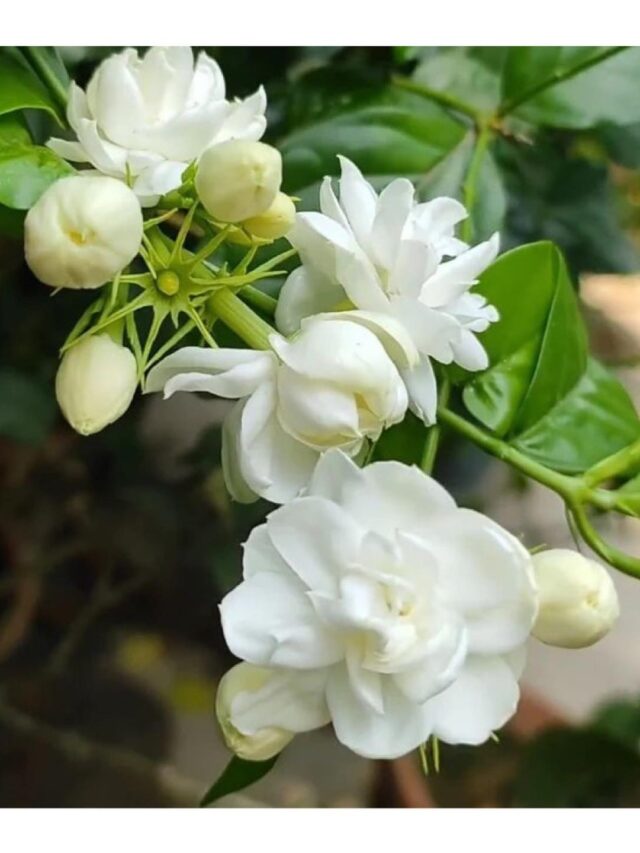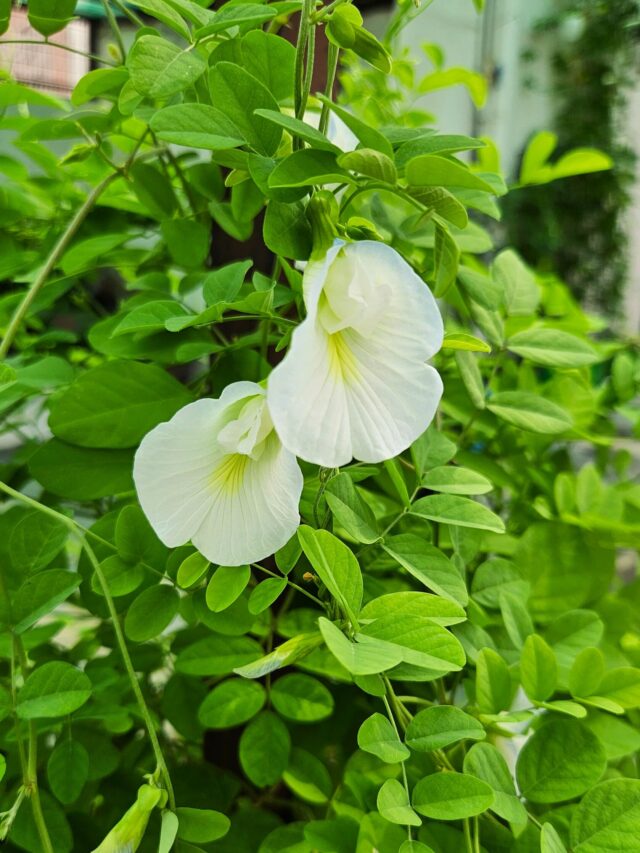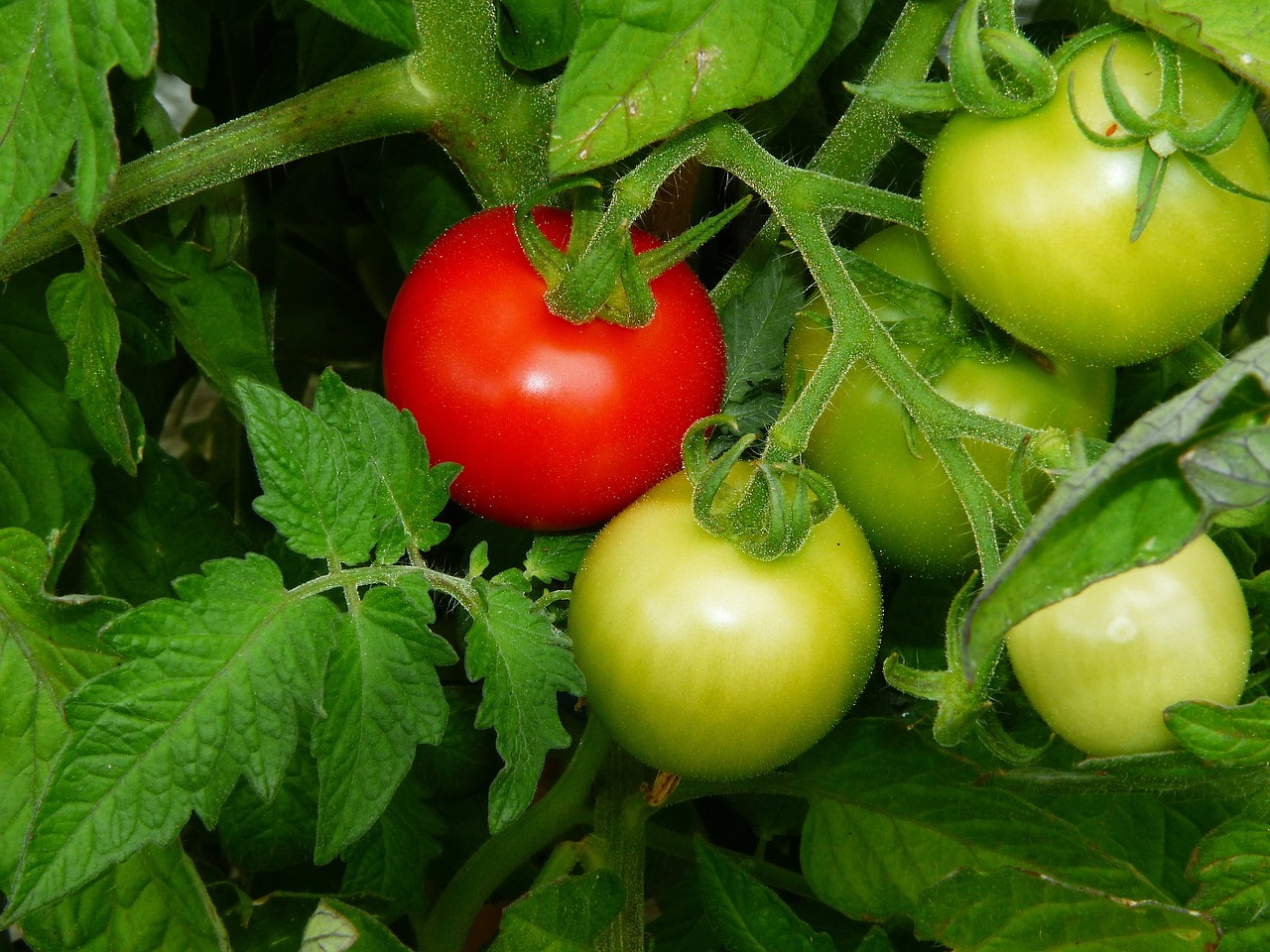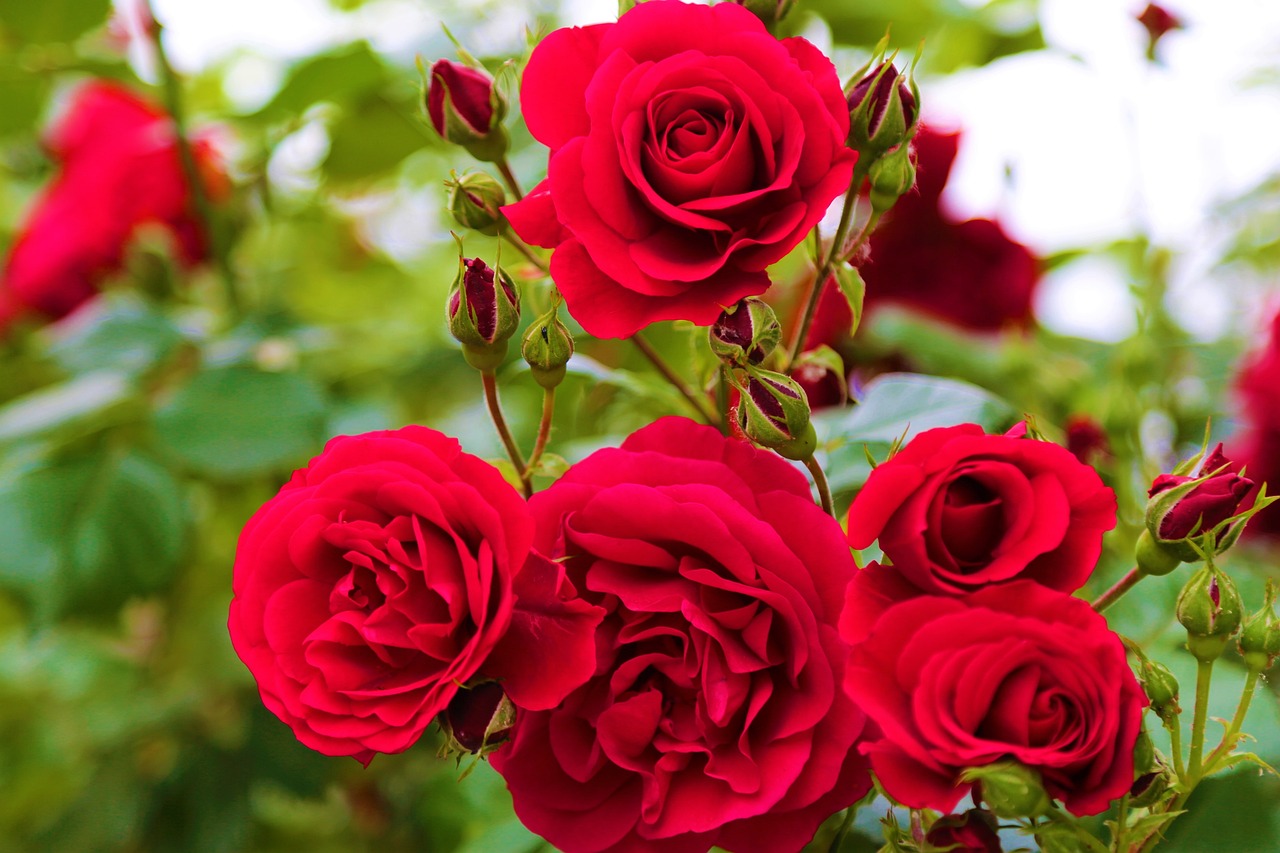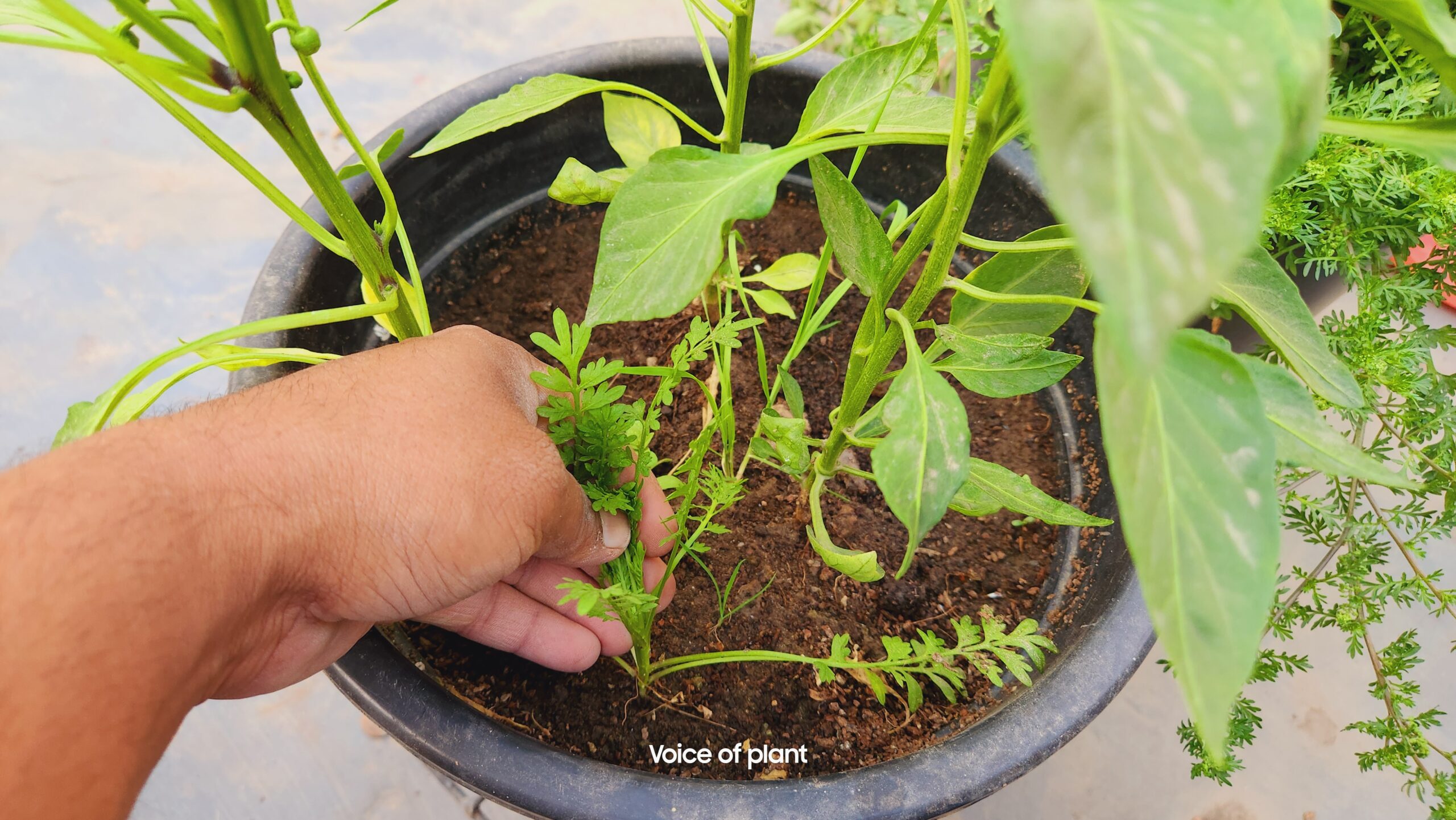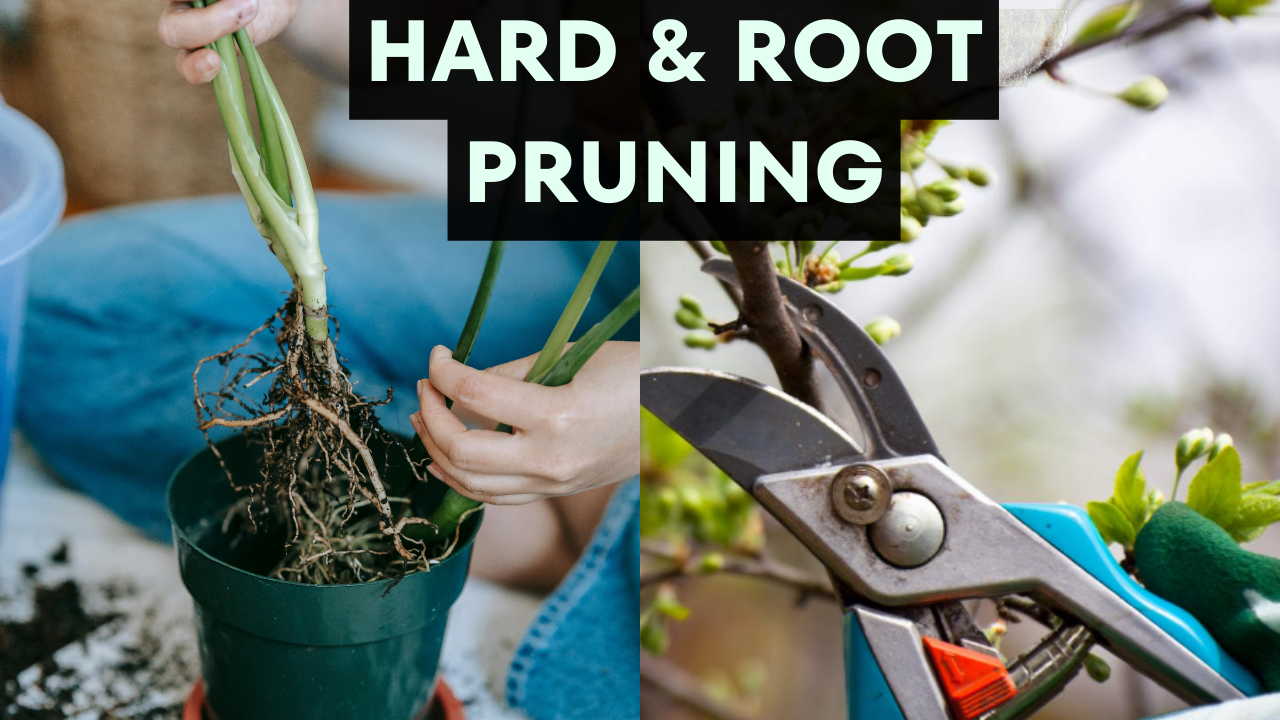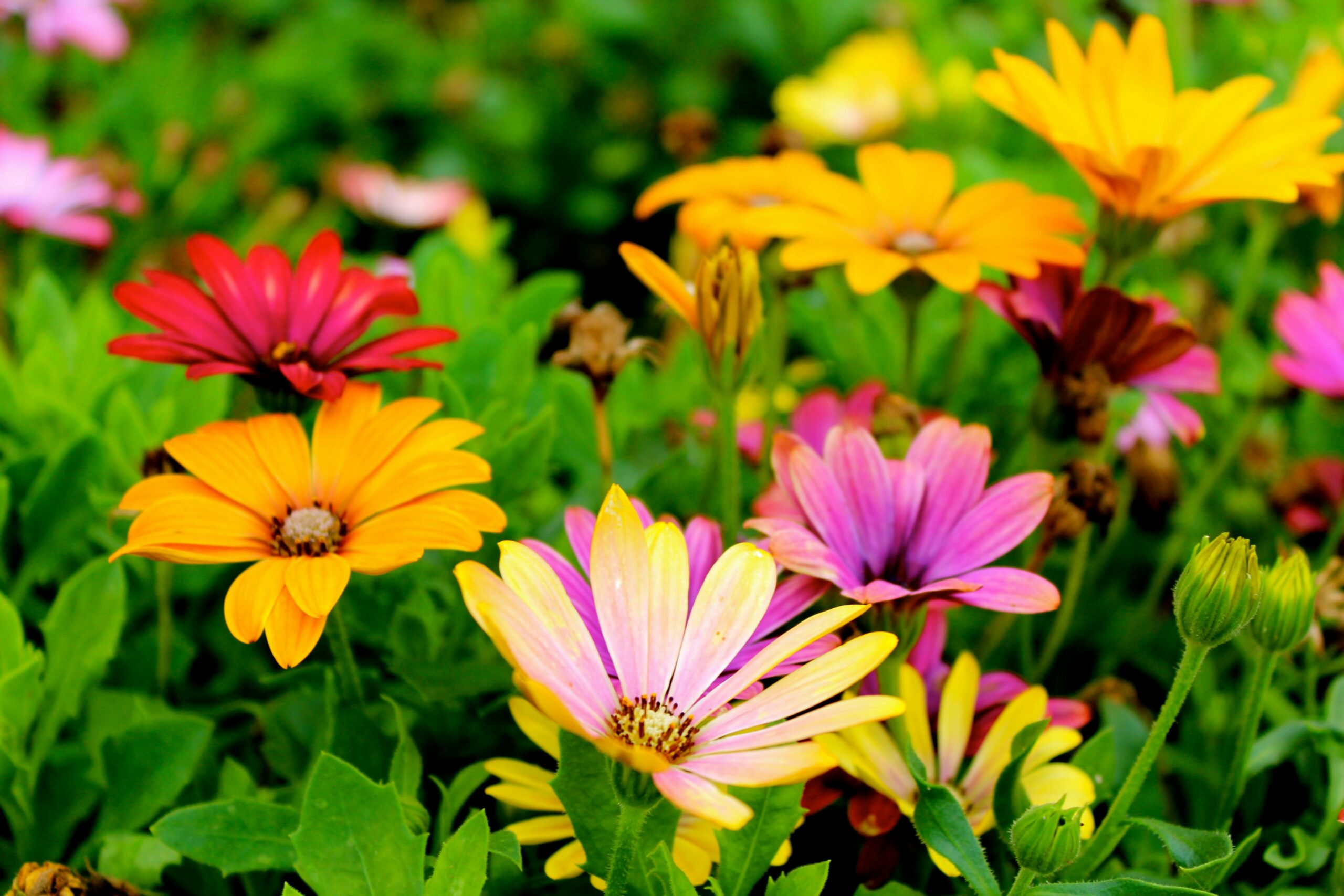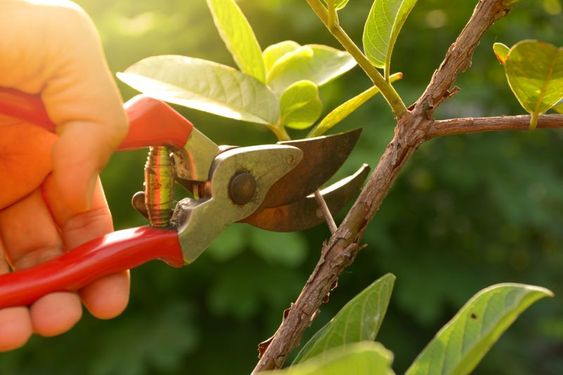Growing tomatoes at home can be a rewarding experience, but it requires careful attention to detail to ensure a bountiful harvest. In this guide, we will explore some common mistakes that many gardeners make when cultivating tomatoes and provide practical tips on how to avoid them.
1. Poor Selection of Seeds
Choosing inferior seeds from nurseries or saving seeds from low-quality tomatoes and not adequately fertilizing with the necessary heavy fertilizers.
- Opt for high-quality seeds from good seed shops to ensure healthy plants.
2. Wrong Pot Selection

Selecting the appropriate containers for growing tomatoes is essential.
- Instead of traditional pots, opt for grow bags that provide ample space for root growth.
- Choose grow bags with a minimum size of 12 inches to accommodate the expansive root system of tomato plants.
3. Using Low Quality Soil

The quality of the soil directly impacts the health and productivity of your tomato plants.
- Invest in nutrient-rich soil that provides essential nutrients for robust growth.
- Consider adding organic matter such as compost or manure to improve soil structure and fertility.
4. Planting Too Close

Planting tomato seedlings too close together can lead to overcrowding, competition for resources, and increased susceptibility to diseases.
- Follow spacing recommendations provided for each tomato variety to ensure adequate airflow and room for growth.
5. Neglecting to Harden Seedlings

Before transplanting seedlings into the garden, it’s essential to harden them off gradually. Exposing seedlings to outdoor conditions such as sunlight, wind, and fluctuating temperatures helps them acclimate to their new environment and reduces transplant shock.
6. Planting the Wrong Varieties
Not all tomato varieties are well-suited for every climate or growing conditions.
- Research and select tomato varieties that are suitable for your region’s climate, soil type, and sunlight exposure.
- Consider factors such as disease resistance, fruit size, and maturity date when choosing varieties.
|
Must read: How to Grow Tomatoes at Home from Seeds |
7. Planting Tomatoes in Shade
Tomatoes thrive in full sunlight, so planting them in shaded areas can hinder their growth and productivity.
- Choose a location in your garden that receives at least 6-8 hours of direct sunlight daily for optimal results. Avoid planting tomatoes near tall trees or structures that may cast shade during peak sunlight hours.
8. Not Giving Heavy Fertilizer
Providing sufficient fertilizer is essential for the healthy growth of tomato plants.
- Neglecting to provide adequate amounts of fertilizer can result in stunted growth and poor fruit development. Follow recommended fertilization guidelines and adjust based on the specific needs of your plants.
9. Over Fertilizer – Excess Nitrogen
While fertilizing is essential, overdoing it can have detrimental effects on tomato plants.
- Excessive nitrogen in fertilizer can lead to lush foliage growth at the expense of fruit production.
- Monitor the nitrogen levels in your soil and adjust fertilization accordingly to maintain a balanced nutrient profile.
10. Not Pruning
Pruning tomato plants helps promote airflow, reduce disease risk, and focus energy on fruit production.
- Neglecting to prune can result in overgrown, unruly plants that are more susceptible to pests and diseases. Regularly remove suckers and trim back excessive foliage to maintain healthy, productive plants.
11. Not Watering Enough

Proper watering is critical for the health and productivity of tomato plants.
- Insufficient watering can lead to wilting, blossom-end rot, and reduced fruit production. Monitor soil moisture levels regularly and provide consistent watering, especially during hot and dry periods.
Conclusion
By avoiding these common mistakes and following best practices for growing tomatoes, you can enjoy a bountiful harvest of flavorful, homegrown tomatoes. Remember to select quality seeds, provide adequate space and sunlight, and maintain proper soil fertility to ensure healthy plant growth and abundant fruit production.
